Nostalgia: Exciting times ahead for Cork City's Bishop Lucey Park
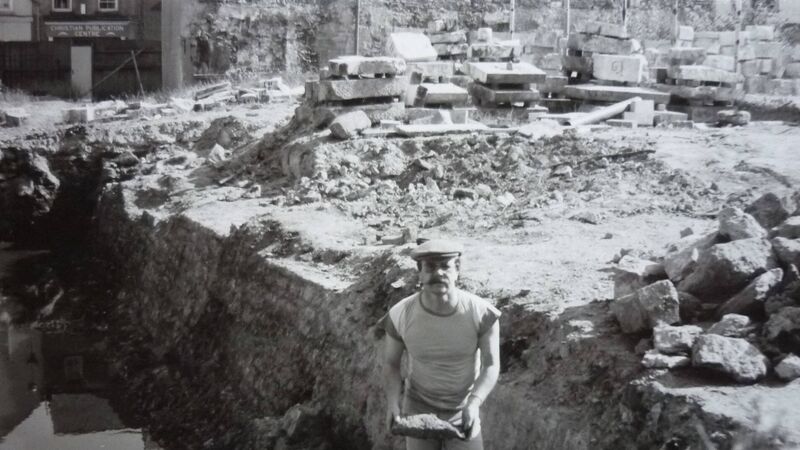
Richard T. Cooke holding one of the 800-year-old city wall limestones; it was this section of the city wall that was pounded by Marlborough’s artillery during the September Siege of Cork in 1690. This is the section of the city wall that is on display today.
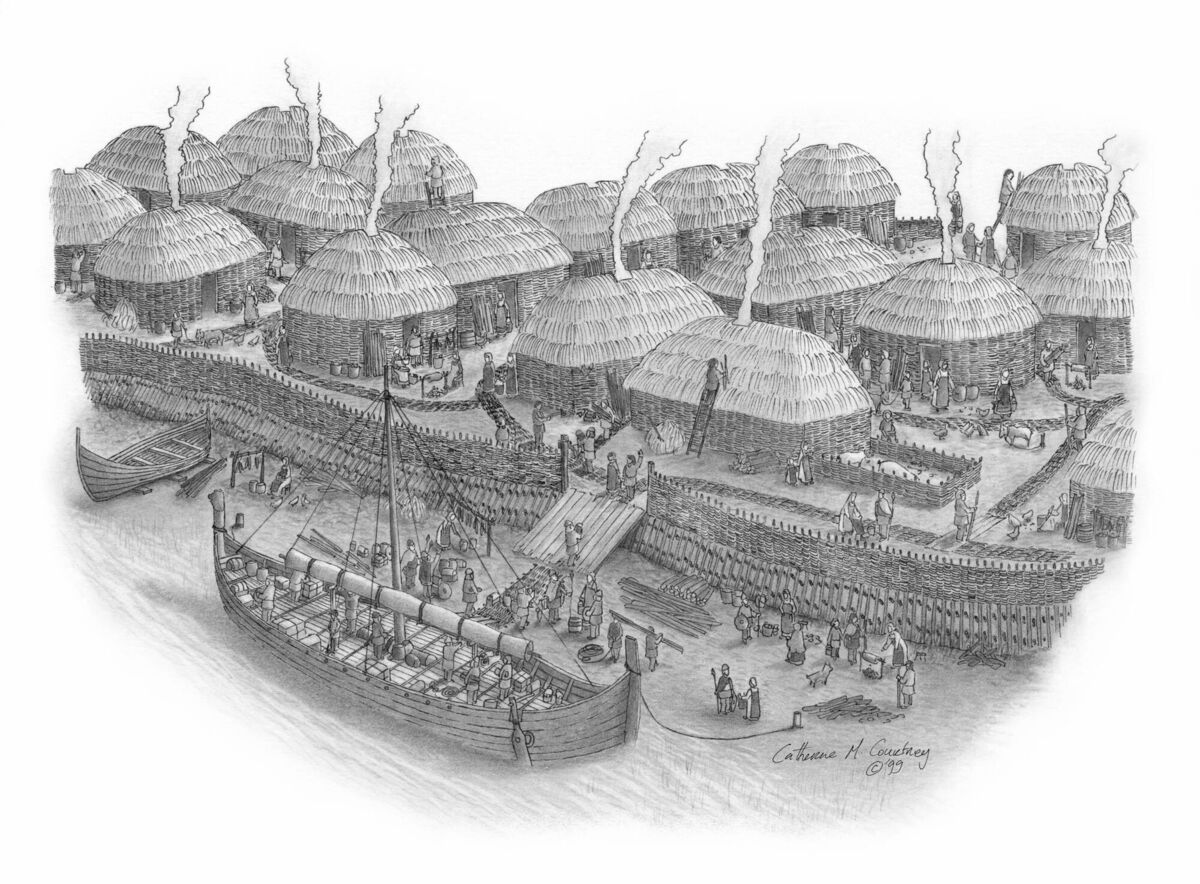

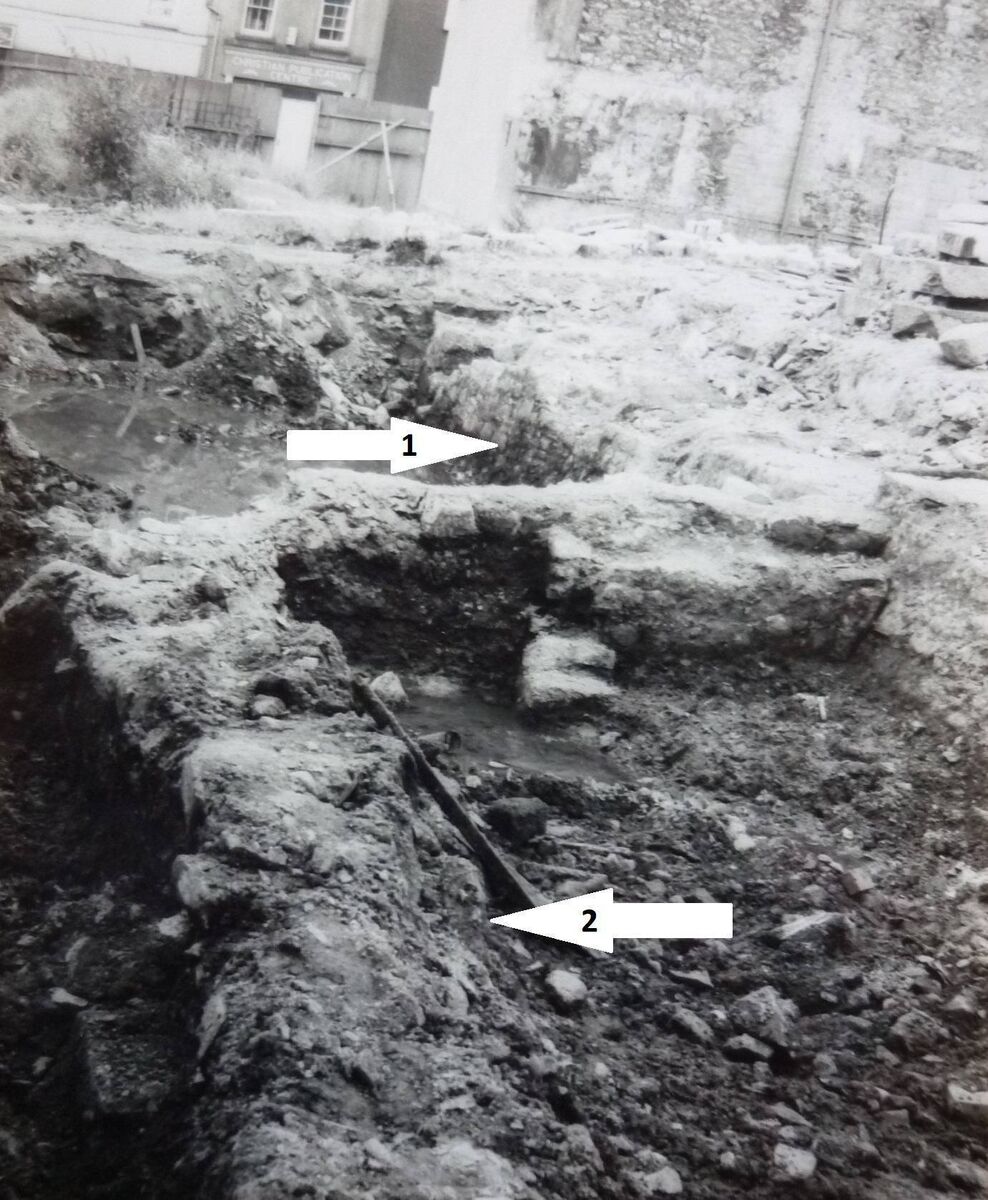
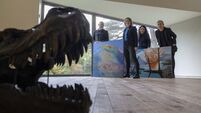
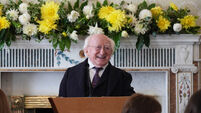

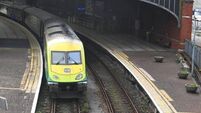


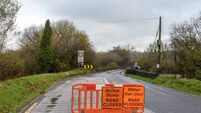



 App?
App?





